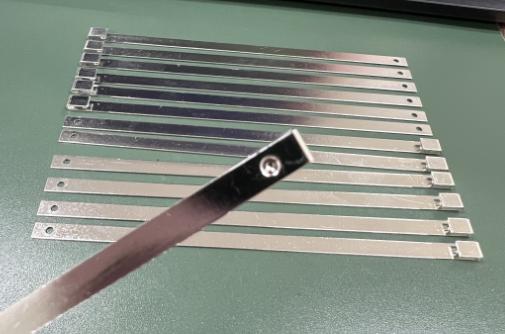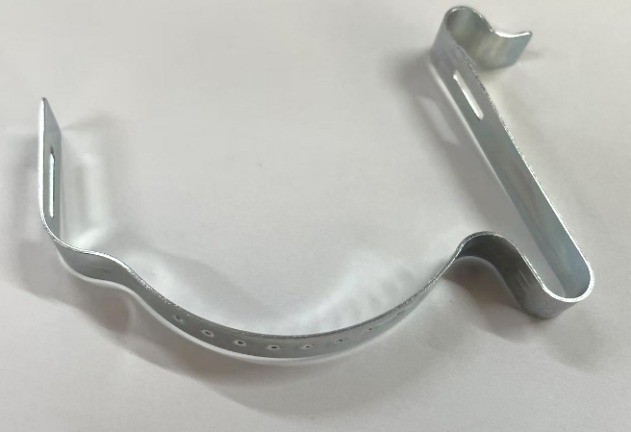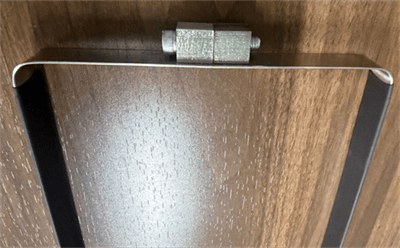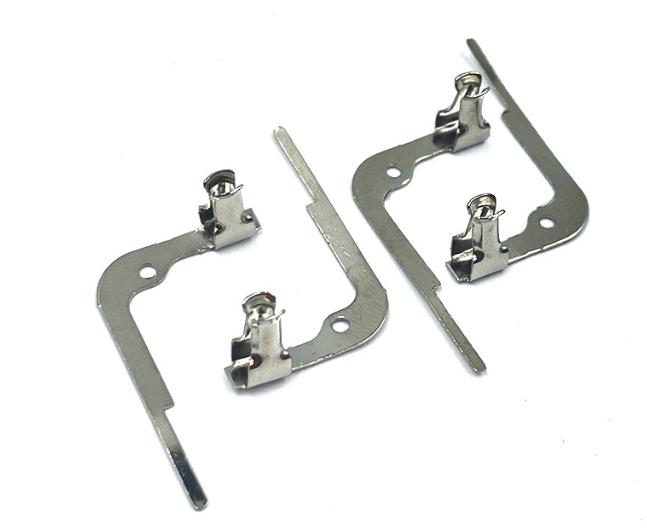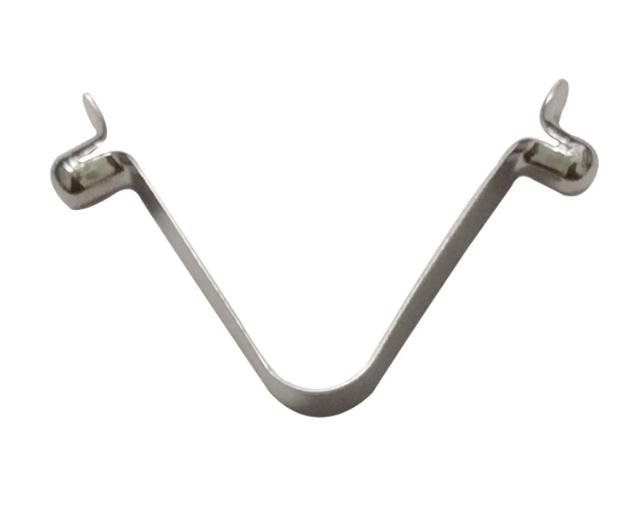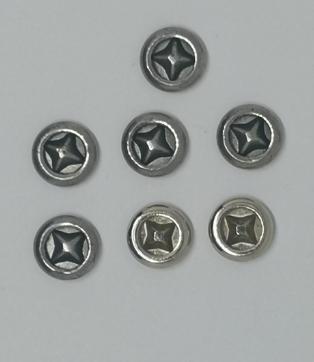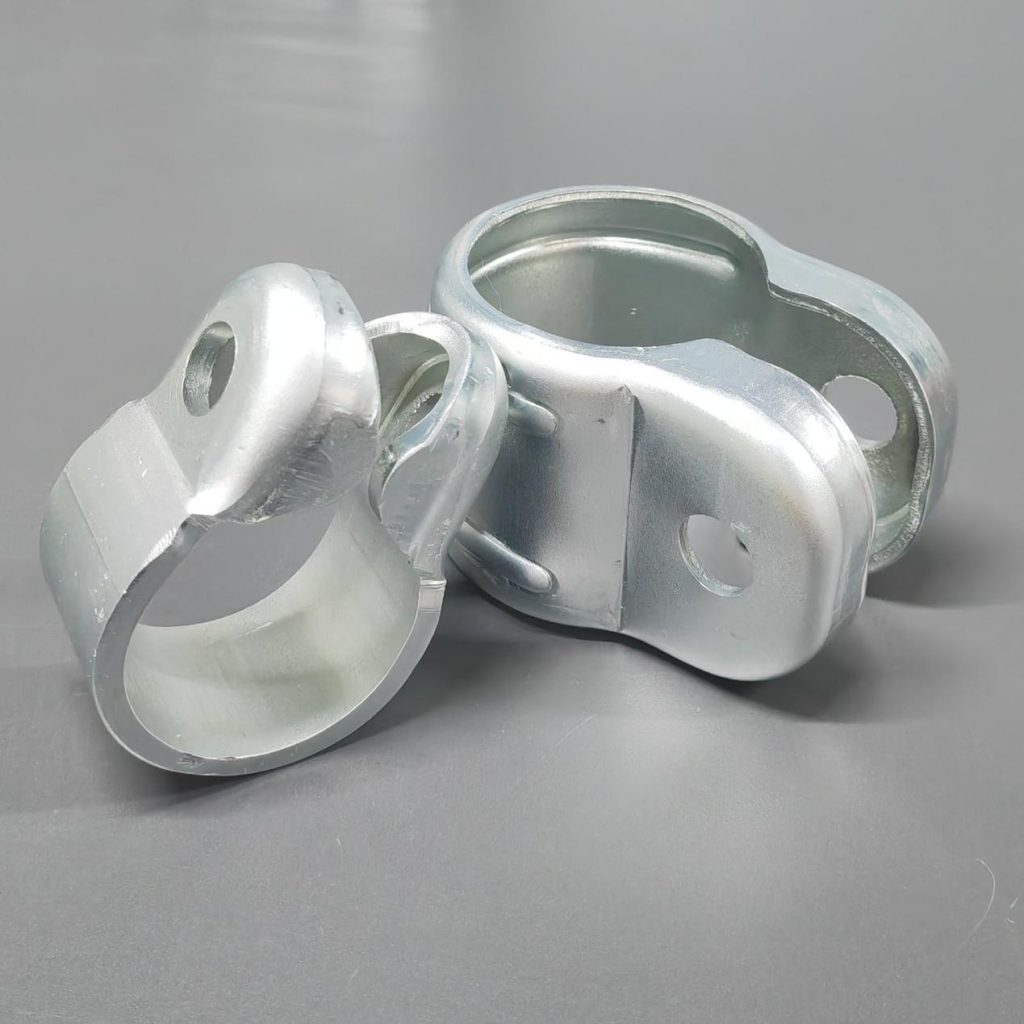Cracking in Metal Stamping Parts: What are the Causes and How to Prevent It
Metal stamping is a manufacturing process that involves applying external force to sheets, strips, pipes, or profiles using a press machine and molds. This process induces plastic deformation or separation, resulting in the formation of workpieces with the desired shape and dimensions, known as stamped parts. Metal stamping parts are widely used in various products such as automotive bodies, chassis, fuel tanks, radiator fins, instruments, household appliances, office machinery, and household tools. The production and processing of metal stamping parts involve multiple manufacturing processes. However, mishandling during these processes can lead to defects like cracking and misalignment, negatively impacting the normal functionality of the products. This article analyzes the causes of cracking in metal stamping parts and suggests preventive measures.
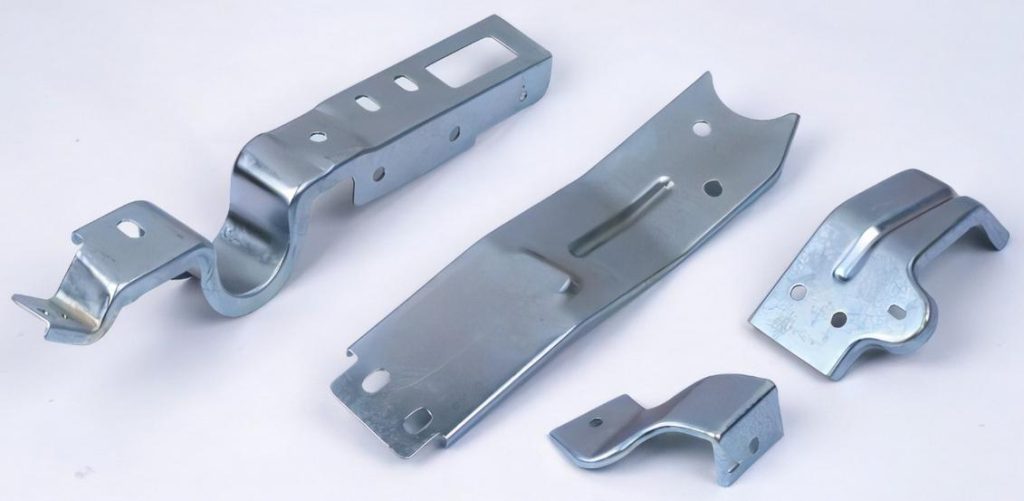
Causes of Cracking in Metal Stamping Parts
- Excessive Local Tensile Stress
During the manufacturing process, if there is an excessive local tensile stress on metal stamping parts, the internal and external forces may lead to significant localized deformation and cracking.
- Inadequate Implementation of Forming Process Parameters
In the forming process of the parts, the proper coordination of the die, blank holder, and the parts themselves is crucial. Failure to timely adjust the machine pressure according to the process requirements can result in instability during the operation, leading to the cracking of stamped parts.
- Flanging Forming Die Design Defects
The mold used for flanging serves a dual purpose for both left and right components. Since the process involves not only flanging but also shaping, and the parts are particularly complex with narrow bent surfaces, the mold must have consistent concave die, blank holder, and forming surface. If there are design flaws or excessive structural conditions in the mold, cracking may occur during the forming process.
- Adequacy of Stamping Oil for the Process
Stamping oil plays a crucial role in isolating the mold and the workpiece during the stamping process. However, the use of subpar oils such as rapeseed oil, mechanical oil, recycled oil, and other non-specialized products can lead to instant rupture of the oil film during stamping. This can result in scratches, burrs, and, in severe cases, cracking of the workpiece and damage to the mold.
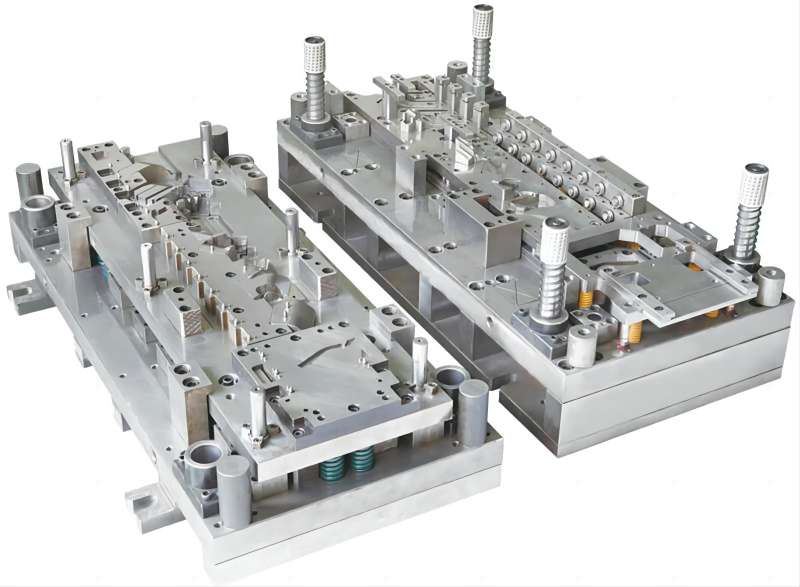
Prevention Methods for Cracking in Metal Stamping Parts
- Deep Drawing Process for Metal Stamping Parts
In the deep drawing process, the direction of pulling should maximize the contact area between the punch and the blank holder. The shape and force of the edge should evenly distribute resistance across all parts of the material, minimizing the depth of the deep drawing and incorporating process holes and cutouts.
- Structural Design of Metal Stamping Parts
During the design phase, each radius of the corners should be relatively large, and the actual depth of the surface shape in the drawing direction should be shallow and uniform. The shape should be as simple as possible, and changes should be as smooth as possible.
- Mold Design for Metal Stamping Parts
Effective measures in mold design include incorporating reasonable deep-drawing ribs, using large mold radii, and ensuring proper clearances between the punch and die.
- Use of Specialized Stamping Oil
Utilizing high-end specialized stamping oils, formulated with sulfurized lard and sulfurized fatty acid esters, can provide excellent extreme pressure and anti-wear performance. The release of extreme pressure agents during stamping can effectively prevent issues such as cracking and burrs, significantly improving the surface finish and production efficiency of the workpiece while reducing the overall production costs for the enterprise.

Conclusion
In the process of manufacturing metal stamping parts, various faults and defects, including cracking, may occur. It is essential for factory workers to engage in thoughtful design and meticulous operations to prevent and minimize these issues, ultimately enhancing the overall quality of the products. By addressing the causes and implementing preventive measures, manufacturers can ensure the reliability and functionality of metal stamping parts in diverse applications.

